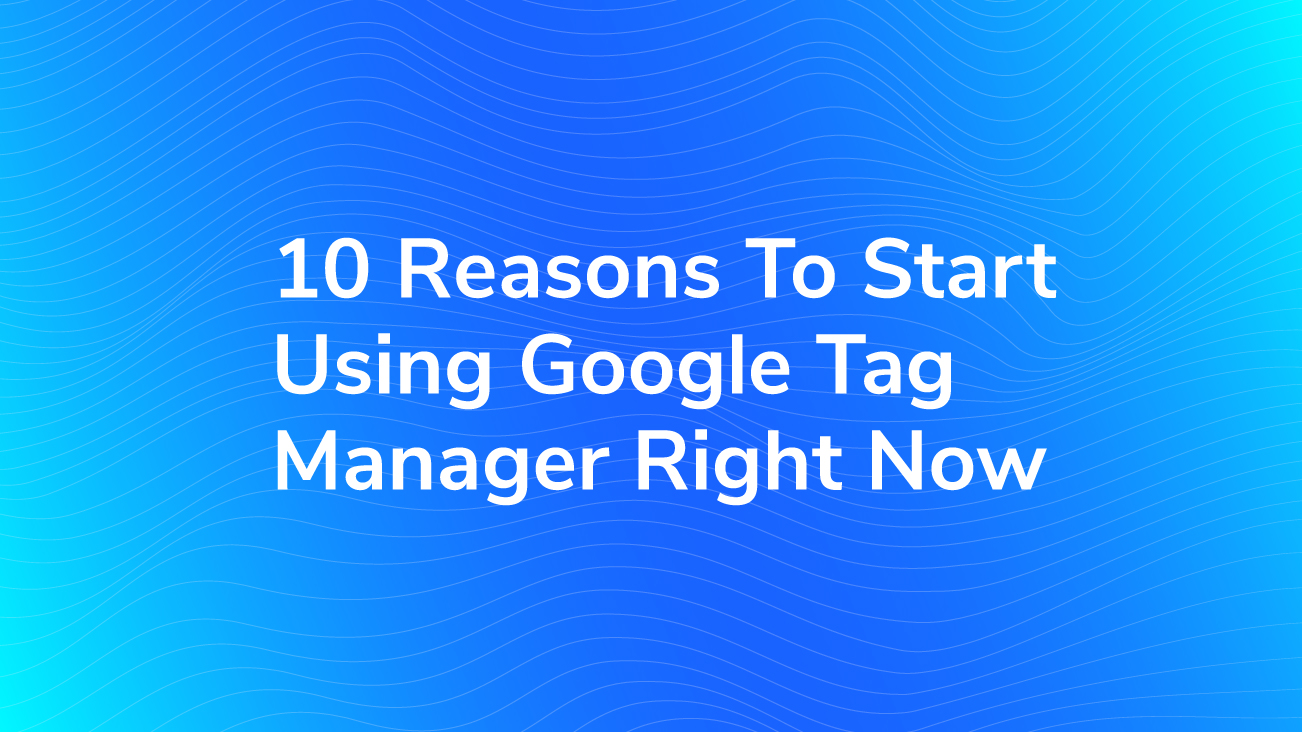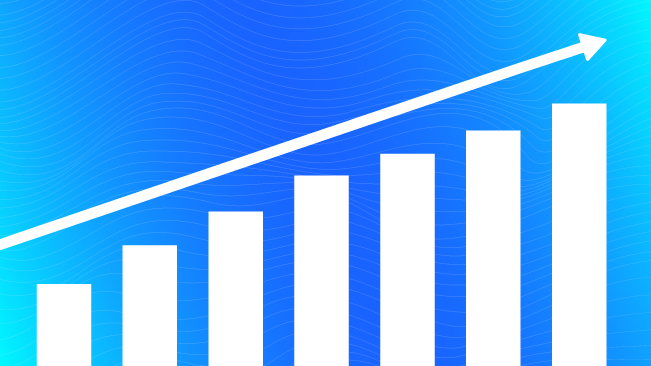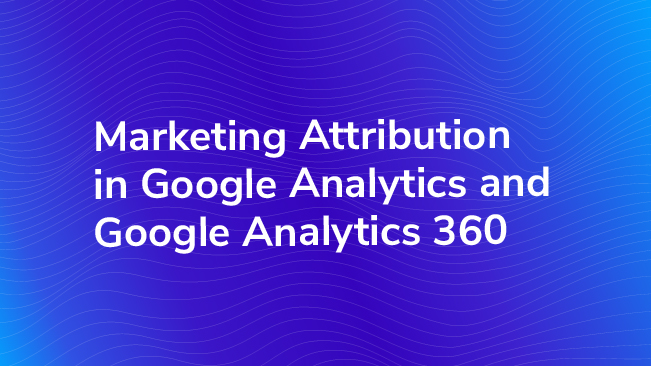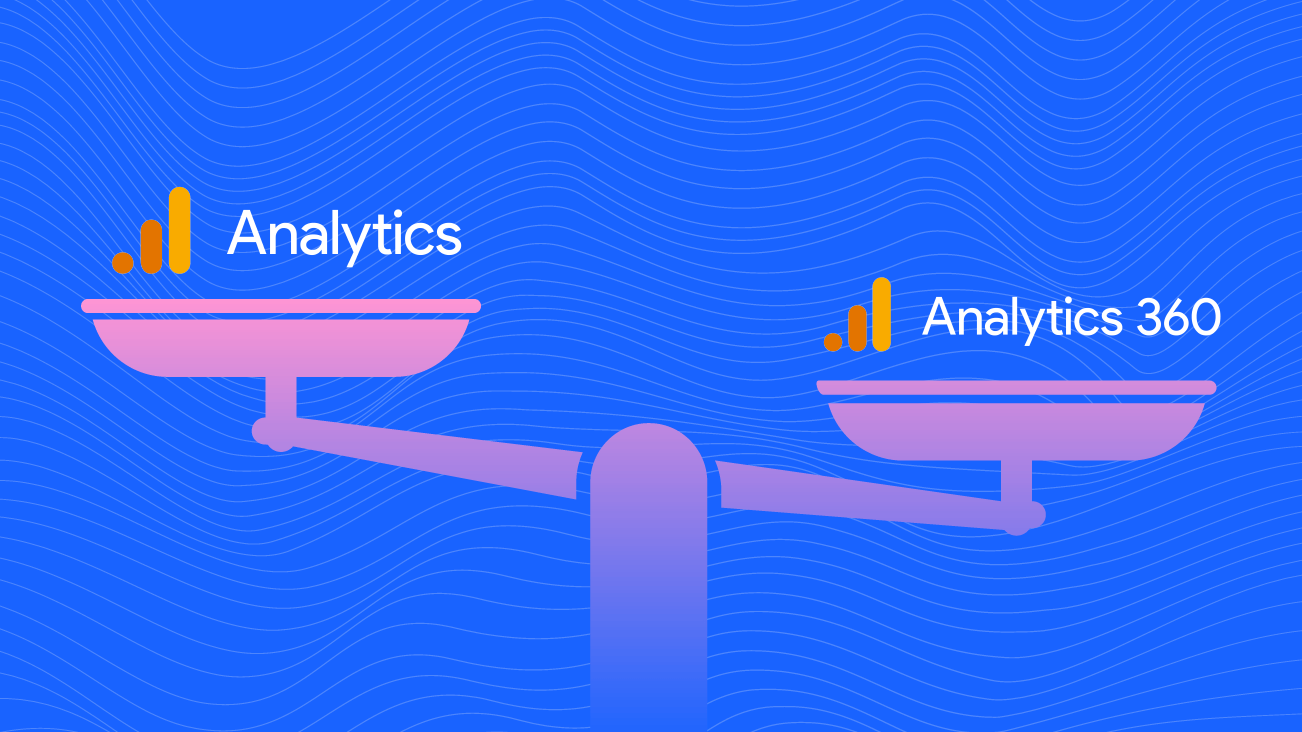Analytics Maturity Self-Assessment
Your data is only as good as the decisions you can make from it.
With data and observations from over 100 Google Analytics accounts, this Analytics Maturity Framework can help you classify where you stand with your current implementation. As companies move from Nascent to Multi-Moment, they move beyond just collecting data with basic implementations to actually using the data they're collecting, to inform, personalize, and target through integrations with other products. These phases are representative of success in overcoming both technical and cultural challenges to achieve business value.
This Analytics Maturity Framework was presented at SMX Advanced, with original research and insights completed by Andrew Garberson.
And How to Outrun the Bear in Your Industry
Presented: June 5, 2019
Nascent: Collecting Data
Companies in this phase likely realize they're in this phase, but might not know how to move to the next phase. Many are aware that they should use Google Analytics, they think it might be installed, but they're hard-pressed to explain the value they're getting or what they should be focusing on.
Nascent companies often have these characteristics:
- Code (technically) on page, perhaps outdated
- Accounts may be owned by third parties
- Reporting on micro conversions
- Struggle to ask intelligent questions
Emerging: Customizing Data
As companies grow in their analytics maturity, we see many companies in this phase, where they've started following implementation best practices and completed a lot the work they could do within their control. While they may have successfully tackled some of the technical challenges required, there's room to grow in processes and cross-functional collaboration.
Emerging companies often have these characteristics:
- Siloed mar- and ad-tech
- Using a tag management solution
- Reporting on clear (macro) KPIs
- Dynamic data visualization (perhaps Google Data Studio)
- Capturing custom information via custom dimensions/metrics
Connected: Sharing Data
A connected company demonstrates success over both technical challenges like implementation and tool use as well as ongoing collaboration with other teams and often third-party agencies. Data is flowing in both directions, empowering analytics-informed audiences as well as enabling holistic reporting.
Connected companies often have these characteristics:
- Connected native tools and ad-tech
- Create Audiences to share with other platforms
- Holistic view of data for reporting with cross-channel attribution models
- Ability to anticipate and/or automate
Recommended Perspectives
Multi-Moment: Using Data
The final stage of maturity represents a dedicated commitment to using data to make decisions, improve processes, and get better results. This often means a company may have a dedicated Analytics or Data Science team or works closely with a vendor to fill those roles. Website and mobile analytics have been connected with other internal data sources to improve both online and offline capabilities.
Multi-Moment companies often have these characteristics:
- Using data to make decisions
- Fully connected ecosystem
- Modeling/ML to classify audiences, score leads and predict behavior
- Non-native tools connected through data platform or warehouse
- Offline and online used to personalize






